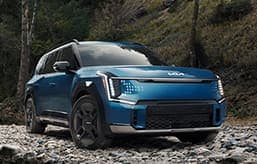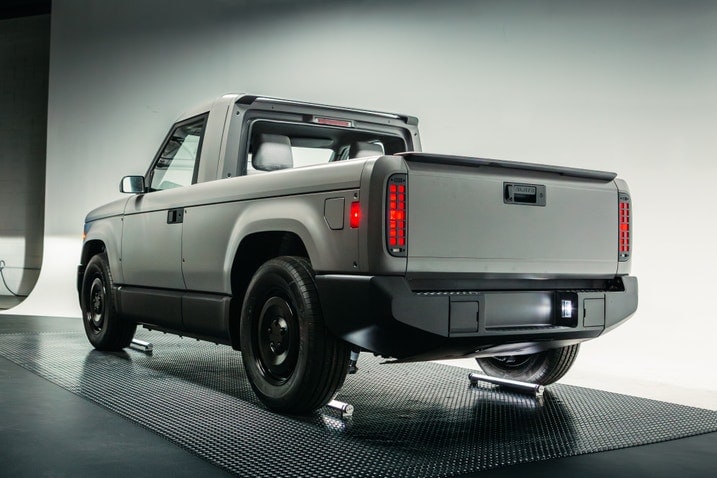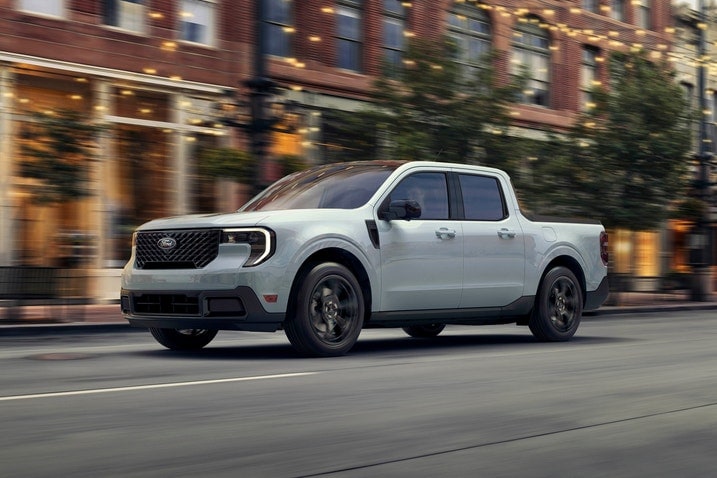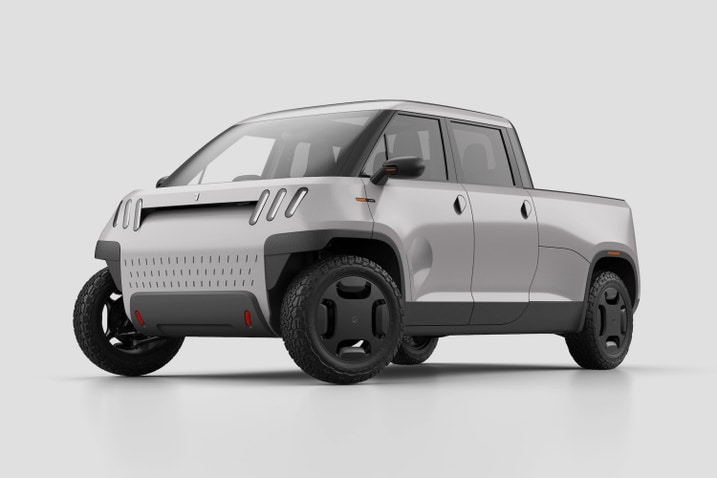- Slate’s upcoming all-electric truck will start at $20,000, counting federal incentives.
- While the Slate truck won’t be available until 2027, buyers might consider similarly priced compact trucks or SUVs.
- We’re intrigued by the Slate; is it worth the wait?
Is The Slate Truck Worth It? How The Competition Stacks Up
Or is this new take on how to do EVs just a little too bare-bones?
After three years of secrecy, Slate finally revealed its all-electric truck last month. Sporting a surprisingly affordable $20,000 price tag (with credits and incentives applied) and a unique completely blank template, it's going for a niche no other automaker will even attempt to fill.
According to Edmunds data, the average transaction price for a new car in August 2024 was $47,476. A different survey from Edmunds in the same month unearthed an unrealistic dichotomy with that nearly $48,000 benchmark in mind: 50% of car shoppers prefer a new car, but one in seven car shoppers wants to spend $20,000 or less for a new car.
If you’re part of that 14%, the Slate might be the answer to your prayers. The company says it has more than 100,000 preorders on its books already. But what do you get for the money?
What you get from Slate
Slate’s new truck is 2 feet shorter than a Ford Maverick, but it still has a 5-foot bed and a 7-cubic-foot frunk. Sure, you’ll have to roll down the manual windows — with parts from Brazil, because American companies don’t manufacture the roll-down mechanism anymore — but think of the savings and the bicep development.
Buying a Slate means getting exactly what’s needed, with no extras. This two-seater has steel wheels, a climate control system, an estimated range of 150 miles as standard, and an optional longer-range battery pack boosts that number to 240 miles. A single motor provides 201 horsepower. That’s pretty much it.
The truck is equipped with a decent set of driver assist features, including traction control, electronic stability control, pedestrian identification technology, forward collision warning, automatic emergency braking, a full set of airbags (including the side curtain type), automatic high beams, a backup camera and remote keyless entry. It’s rear-wheel-drive and has rather low hauling numbers: 1,400 pounds of payload and a 1,000-pound towing capacity.
Customization is the name of the game for the Slate truck, which is why it arrives unpainted. Slate sells template wrap kits to fit the truck, which means the sky’s the limit for anything from basic colors to psychedelic tie-dye, if you wish. A five-seat SUV conversion kit is an option, as is a speaker bar that creates a personal audio system. The unique thing about the Slate is you get what you need — and whatever you want is extra. That’s why it’s so cheap, especially for an EV.
What competitor trucks offer for under $30,000
There are other trucks that you can get for similar money. Both the Ford Maverick and Hyundai Santa Cruz have starting prices right at the $30,000 mark. For that you get more typical in-car goodies like screens, sound systems (albeit not the highest-quality systems), and, at least with the Ford, the option of a hybrid.
If fuel economy is a priority, the hybrid Maverick does quite well at 38 mpg combined; in Edmunds’ testing, the Maverick with the turbocharged 2.0-liter engine got 25 mpg. With the optional turbocharged 2.5-liter engine and all-wheel drive, the Santa Cruz gets an EPA-estimated 22 mpg combined.
The Santa Cruz has the best towing capacity, at 5,000 pounds. However, it requires a trailer brake controller, which you’d have to buy aftermarket. On the other hand, the Maverick can tow 4,000 pounds and handle 1,500 pounds of payload as standard.
These trucks also come with way more of what you’d expect from a modern car — smartphone projection, an actual infotainment system, speakers you don’t need to install yourself, and even heated seats if you spring for fancier models are all here. But the more you wish for, the more you pay, and both of these trucks can top out at over $40,000 for their most feature-laden models.
These are costs you have to pay up front. The Slate, on the other hand, can be as bare-bones as you like for as long as you need. Then you can start adding bits to it as you see fit. Want a screen? Buy that iPad holder. Want an SUV? Snag yourself a fastback hardtop and turn it into a crossover. The sky’s the limit, and the Slate allows you to decide when it gets those features and when you want to pay for them. A neat proposition in a day when the cars you buy come as they are on the lot, and that’s it.
The outlier: Telo’s tiny truck has some advantages but costs more
Telo, a small EV startup, is also building a subcompact electric truck. It'll have up to 350 miles of range. It's shorter than the Slate, but the 5-foot bed is the same size as the one in a Hummer EV and 4 inches longer than the bed of a Rivian R1T. The new automaker says it has a towing capacity of 6,600 pounds and a payload capacity of 1,700 pounds for the dual-motor car and 2,000 pounds for the single-motor model.
It's currently taking $152 reservations (a cheeky nod to the total length of the truck in inches) and expects to start deliveries in 2026. Telo has thousands of preorders for its (approximately) $41,000 truck. For that price, buyers will get a single 300-hp motor with a standard battery good for an estimated 260 miles; add $3,980 for the larger battery and 350 miles of range. No word yet on pricing for the 500-hp dual-motor upgrade.
You also get real goodies like a touchscreen and paint colors to pick. From there, the company is offering various accessories like a solar roof ($1,500) or a solar tonneau cover ($2,700).
If you don’t plan to do much towing, don’t need to go far on a daily basis, like the idea of something infinitely customizable, and you’re willing to wait until 2027, then the Slate's for you. But other, more typical options are plenty viable until then.






 by
by  edited by
edited by